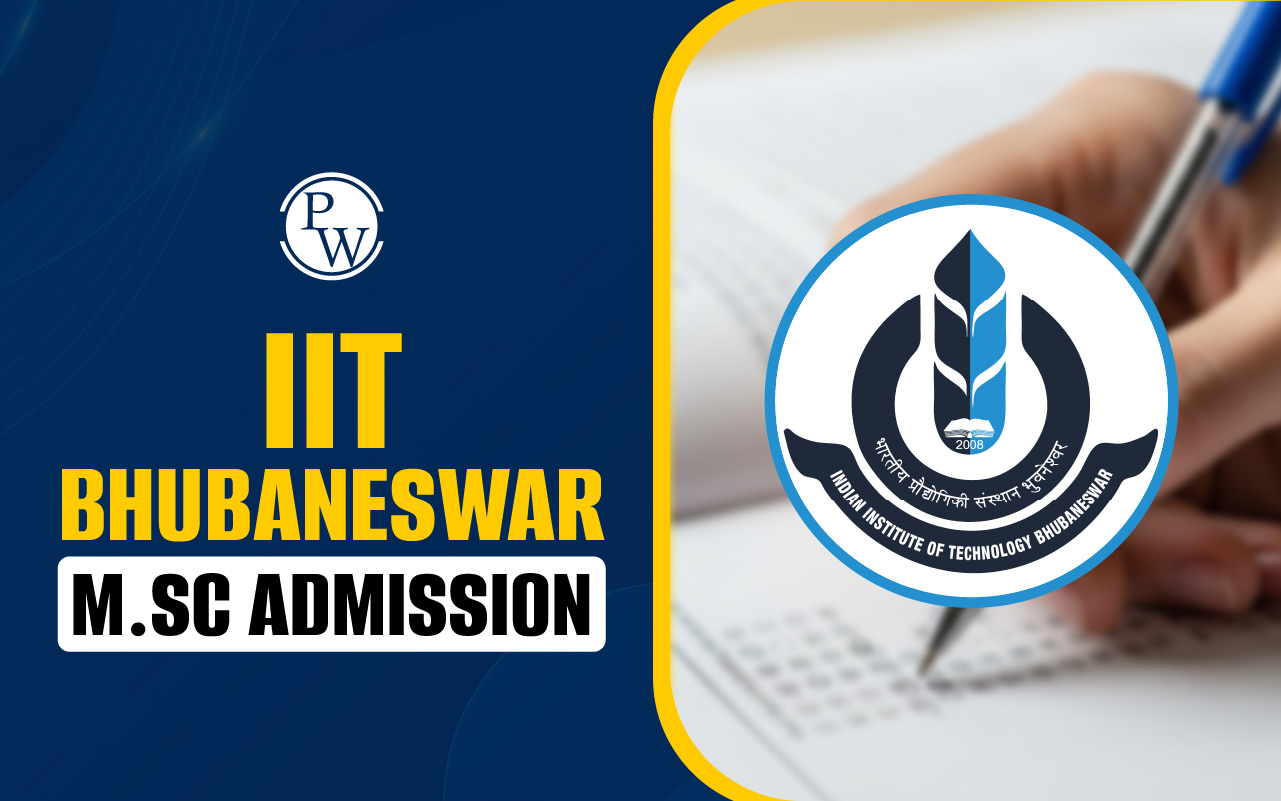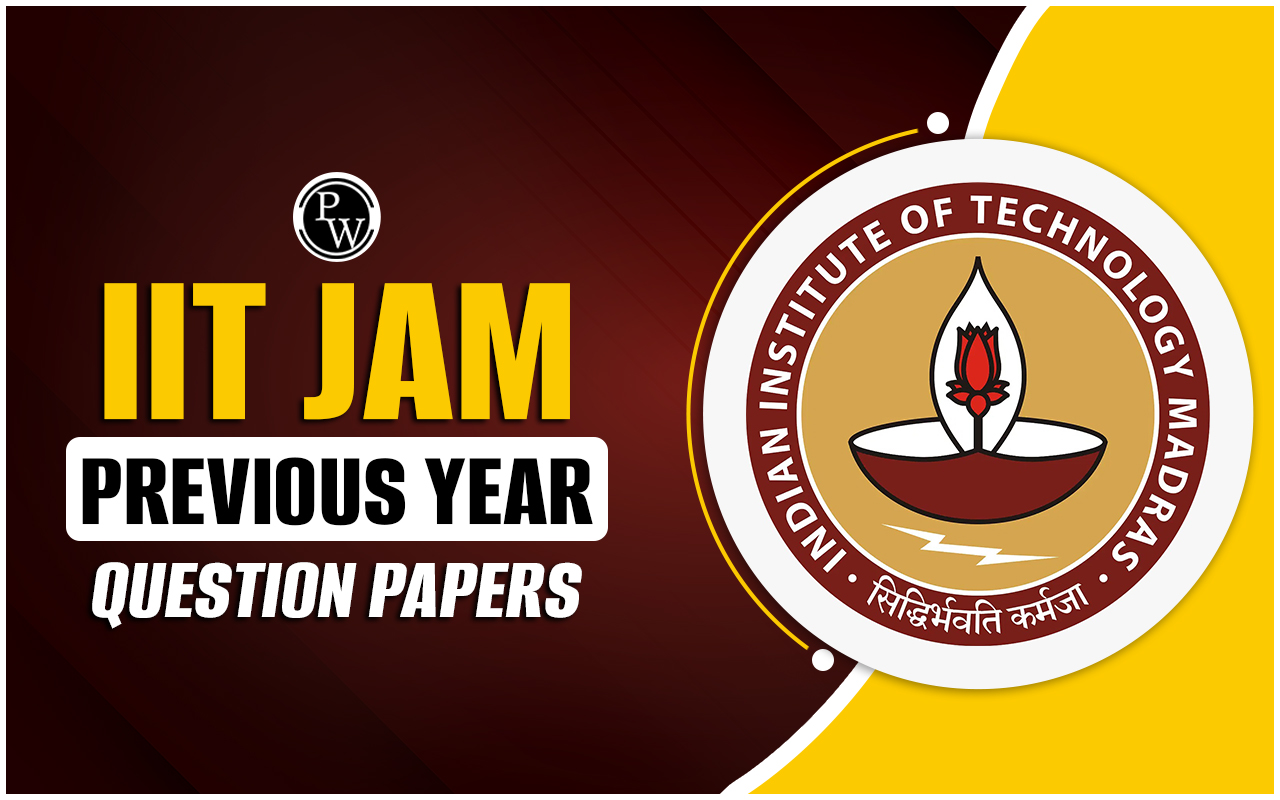
CUET PG Botany Syllabus 2025: The National Testing Agency (NTA) will release the CUET PG exam syllabus for all subjects. CUET PG Botany syllabus for 2025 has not yet been released. The National Testing Agency (NTA) will announce the CUET PG Botany syllabus for the upcoming academic session soon. Candidates interested in Botany should regularly check the official websites, nta.ac.in or cuet.nta.nic.in, for updates.
In the meantime, candidates can refer to the previous year's syllabus to gain an understanding of the exam structure and key topics. This will help in preliminary preparation until the new syllabus is officially released. CUET PG Syllabus is expected to be the same as in previous years. It is recommended that candidates opt for Botany for Section B in the CUET PG application. The CUET PG Botany Syllabus has fourteen main units. To qualify for the CUET PG Botany exam, candidates must answer 75 questions based on the Botany syllabus.
This article on the CUET PG Botany Syllabus 2025 provides comprehensive information for preparation, including the test pattern, unit-wise syllabus, and preparation tips for the CUET PG Botany exam. Additionally, candidates can find a direct link to download the previous year's CUET PG Botany Syllabus in PDF format.
CUET PG Botany Syllabus 2025
The National Testing Agency will soon publish the CUET PG Botany Syllabus 2025 on its official website. The Common University Entrance Test PG (CUET PG) is an important exam for students who want to be admitted to postgraduate programs at their preferred universities. To ensure effective preparation, candidates must be familiar with the CUET PG Botany Syllabus 2025.
According to the CUET PG exam format, candidates must answer 100 questions. Of these, 25 questions are common to all candidates, regardless of their chosen stream or domain. The remaining 75 questions are specific to the candidate's domain and are based on domain-specific knowledge. As a result, Section B of the CUET PG Botany exam will consist of 75 questions derived from the fourteen units outlined in the Botany syllabus.
The CUET PG Botany Syllabus covers various essential topics for success in the Botany domain exam. To excel in the Common University Test Examination, candidates must diligently study and practice each topic. Those preparing for the CUET PG 2025 exam are advised to look for the release of the CUET PG Botany Syllabus 2025.
CUET PG Botany Syllabus 2025 Overview
The Common University Entrance Test (CUET) is an examination for postgraduate students seeking university admission for 2025. Based on last year, this exam is administered by the National Testing Agency (NTA), the exam is conducted in 547 cities across India and 13 international locations. CUET PG 2025 aims to ensure an equitable opportunity for all candidates in the competitive admission process, with various universities in India utilizing this test for botany related admissions.
NTA will release detailed information on CUET PG Botany on its official website. The CUET PG Botany 2025 exam will be conducted in a computer-based test format. Candidates seeking a master's degree in Botany through CUET PG must familiarize themselves with the CUET PG 2025 Exam Pattern specific to botany. The following is an overview of CUET PG Botany Syllabus 2025:
| CUET PG Botany Syllabus 2025 Overview | |
| Particulars | Details (Tentative) |
| Conducting Body | National Testing Agency (NTA) |
| Full Form | Central University Entrance Test (CUET) |
| Exam Name | CUET PG Botany Exam 2025 |
| Exam Mode | Computer-based test (CBT)/LAN-based/Online |
| Exam Medium | English and Hindi |
| Frequency of Exam in a Year | Once a year |
| Type of Questions | Multiple Choice Questions (MCQs) |
| Total Number of Questions | 75 |
| Total Marks | 400 |
| Negative Marking | Yes |
| Marking Scheme | +4 for correct answer |
| Time Duration | 1 hours 30 mins (90 minutes) |
| Negative Marking | 1 mark for an incorrect answer |
| Total Sections in the Question Paper | Section A: Language Comprehension/Verbal Ability, and General Knowledge, Mathematical Ability, and Analytical Skills Section B: Domain-Specific Questions |
CUET PG Botany Syllabus PDF Download
Candidates interested in appearing for the CUET PG Botany Exam can access the syllabus in PDF format within the Science stream. Alternatively, previous year's CUET PG Botany Syllabus is also available here.
The following is the direct link to the PDF that includes the CUET PG Botany Syllabus:
CUET PG Botany Unit wise Syllabus 2025
The NTA has provided unit specifications for the CUET PG Botany syllabus, with the detailed syllabus sourced from the university BSc (Hons) syllabus. According to the previous year, below are the topics outlined unit-wise in the CUET PG Botany syllabus:
| CUET PG Botany Unit wise Syllabus 2025 | |
| Unit | Topics (Expected) |
| UNIT I: Phycology and Microbiology | Introduction to microbial world, microbial nutrition, growth, and metabolism, Viruses, Bacteria, Applied Microbiology, Algae, Cyanophyta, Chlorophyta, Charophyta, Xanthophyta, Phaeophyta, Rhodophyta, Applied Phycology |
| UNIT II: Biomolecules and Cell Biology | Biomolecules, Bioenergetics, Enzymes, The Cell, Cell wall and plasma membrane, Cell organelles, Cell division |
| UNIT III: Mycology and Phytopathology | Introduction to true fungi, Chytridiomycetes, Zygomycota, Ascomycota, Basidiomycota, Allied Fungi, Oomycota, Symbiotic associations, Applied Mycology, Phytopathology |
| UNIT IV: Archegoniatae | Introduction, Bryophytes, Pteridophytes, Gymnosperms |
| UNIT V: Anatomy and Angiosperms | Introduction and scope of Plant Anatomy, Tissues, Stem, Leaf, Root, Vascular Cambium, Wood, Perider, Adaptive and Protective Systems, Secretory System |
| UNIT VI: Economic Botany | Origin of Cultivated Plants, Cereals, Legumes, Sugars & Starches, Spices, Beverages, Oils & Fats, Essential Oils, Natural Rubber, Drug-yielding plants, Tobacco, Timber plants, Fibres |
| UNIT VII: Genetics | Mendelian genetics and its extension, Extrachromosomal Inheritance, Linkage, crossing over and chromosome mapping, Variation in chromosome number and structure, Gene mutations, Fine structure of gene, Population and Evolutionary Genetics |
| UNIT VIII: Molecular Biology | Nucleic acids: Carriers of genetic information, The Structures of DNA and RNA / Genetic Material, The replication of DNA, Central dogma and genetic code, Mechanism of Transcription, Processing and modification of RNA, Translation (Prokaryotes and eukaryotes), Regulation of transcription in prokaryotes and eukaryotes |
| UNIT IX: Plant Ecology and Phytogeography | Introduction, Soil, Water, Light, temperature, wind and fire, Biotic interactions, Population ecology, Plant communities, Ecosystems, Functional aspects of ecosystem, Phytogeography |
| UNIT X: Reproductive Biology of Angiosperms | Introduction, Anther, Pollen biology, Ovule, Pollination and fertilisation, Self incompatibility, Endosperm, Embryo, Seed, Polyembryony and apomixis, Germline transformation |
| UNIT XI: Plant Physiology | Plant water relationship, Mineral nutrition, Nutrient Uptake, Translocation in the phloem, Plant growth regulators, Physiology of flowering, Phytochrome |
| UNIT XII: Plant Metabolism | Concept of metabolism, Carbon assimilation, Carbohydrate metabolism, Carbon Oxidation, ATP-Synthesis, Lipid metabolism, Nitrogen metabolism, Mechanisms of signal transduction |
| UNIT XIII: Plant Biotechnology | Plant Tissue Culture, Recombinant DNA technology, Applications of Biotechnology |
CUET PG Botany Exam 2025 Preparation Tips
A thorough understanding of the CUET PG Botany Syllabus 2025 is essential for effective preparation for the exam. The syllabus covers a wide range of topics. Students need to gain a thorough understanding of these subjects well in advance of the exam.
Here are some tips to help you prepare for the CUET PG Botany Syllabus 2025:
Familiarize yourself with CUET PG 2025 Syllabus: The first step is to familiarize yourself with the syllabus. This will help you understand the scope of the exam and what topics you need to focus on.
Develop a study plan: Once you understand the syllabus well, you can develop a study plan. Your study plan should be tailored to your individual needs and learning style.
Choose reliable study resources: It is important to choose reliable study resources to help you understand the material. Make sure that the resources you choose cover the entire syllabus and provide clear explanations of key concepts.
Use effective note-taking techniques: Taking effective notes will help you to stay organized and focused during your studies. Make sure to take notes that are concise, organized, and highlight important points.
Practice with sample papers and mock tests: Regularly practicing with sample papers and mock tests will help you to familiarize yourself with the exam format and improve your problem-solving skills.
Employ a strategic approach to multiple-choice questions (MCQs): When answering MCQs, it is important to adopt a strategic approach. Carefully read the questions and eliminate incorrect options to increase your chances of selecting the correct answer.
CUET PG Botany Syllabus 2025 FAQs
What is the syllabus for CUET PG?
What is the format of the CUET PG exam?
Is CUET PG very tough?
Is CUET for biology students?










